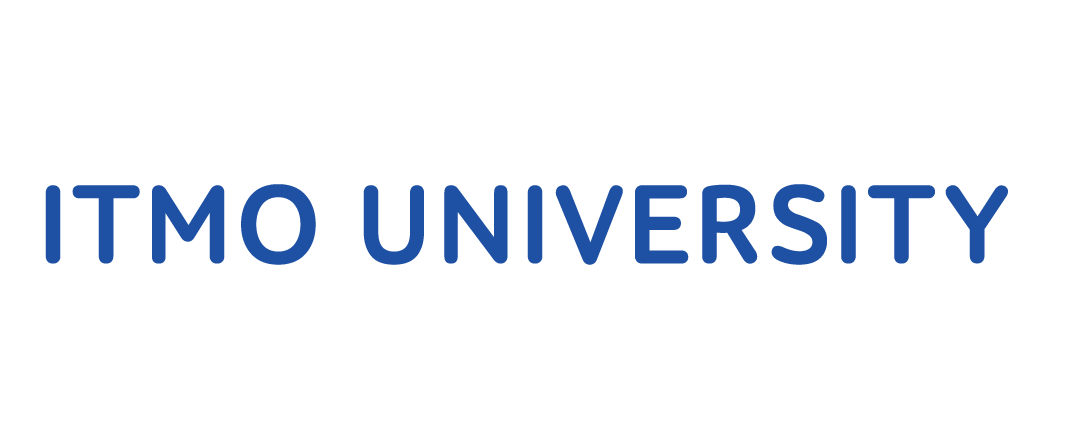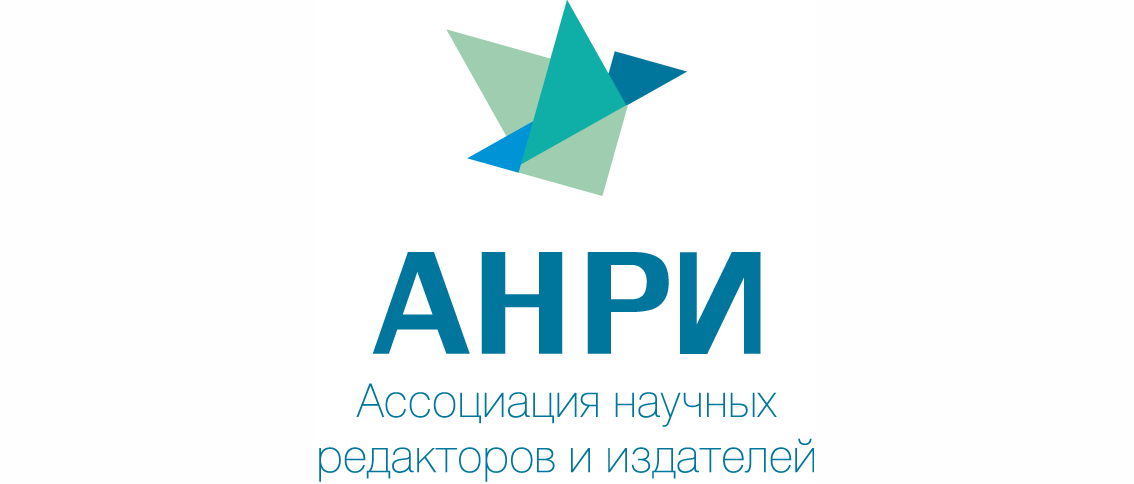
Nikiforov
Vladimir O.
D.Sc., Prof.
doi: 10.17586/2226-1494-2019-19-4-586-593
COMPARISON OF PROTEIN SECONDARY STRUCTURE CALCULATION METHODS BASED ON INFRARED SPECTRA DECONVOLUTION
Read the full article
For citation:
Abstract
Subject of Research. The paper presents comparison of two different spectroscopic methods for the quantitative determination of the secondary structure components of two globular proteins with different secondary structure, such as human serum albumin and porcine trypsin. The variability and reproducibility of each method are analyzed. Method. The secondary structure of proteins was determined by two common spectroscopic methods for quantitative assessment of protein secondary structure, such as deconvolution of amide I absorption band in the infrared spectrum and deconvolution of infrared spectrum second derivative in the frequency range of amide I. We used spectra after subtraction of the solvent spectrum from the protein solution spectrum for these methods. Main Results. Comparison of two spectroscopic methods shows that the second derivative deconvolution method for protein infrared spectrum provides greater reproducibility of the secondary structure components in independent experiments compared to the decomposition of the spectrum in the amide I absorption band for both albumin and trypsin. The coefficient of variation in the second derivative deconvolution also has a small value, therefore, the method of the second derivative gives a more accurate determination of the protein secondary structure as opposed to the contour decomposition of amide I band. The obtained results of the second derivative deconvolution are in better agreement with computational methods and X-ray analysis. Practical Relevance. Experimental results obtained by comparison of different methods of secondary structure quantitative determination for proteins allow choosing the most accurate calculation method, which can provide information on the structural stability and dynamics of protein in various media and assess the content of protein secondary structures.
References
-
Berg J.M., Tymoczko J.L., Stryer L. Biochemistry. 5th ed. New York: W.H. Freeman, 2002.
-
Yang H., Yang S., Kong J., Dong A., Yu S. Obtaining information about protein secondary structures in aqueous solution using Fourier transform IR spectroscopy. Nature Protocols, 2015, vol. 10, no. 3, pp. 382–396. doi: 10.1038/nprot.2015.024
-
Bandekar J. Amide modes and protein conformation. Biochimica et Biophysica Acta, 1992, vol. 1120, no. 2, pp. 123–143. doi: 10.1016/0167-4838(92)90261-B
-
Kauppinen J.K., Moffatt D.J., Mantsch H.H., Cameron D.G. Fourier self-deconvolution: a method for resolving intrinsically overlapped bands. Applied Spectroscopy, 1981, vol. 35, no. 3, pp. 271–276. doi: 10.1366/0003702814732634
-
Cameron D.G., Moffatt D.J. A generalized approach to derivative spectroscopy. Applied Spectroscopy, 1987, vol. 41, no 4, pp. 539–544. doi: 10.1366/0003702874448445
-
Dousseau F., Pezolet M. Determination of the secondary structure content of proteins in aqueous solutions from their amide I and amide II infrared bands. Comparison between classical and partial least-squares methods. Biochemistry, 1990, vol. 29, no. 37, pp. 8771–8779. doi: 10.1021/bi00489a038
-
Sizikov V.S., Lavrov A.V. Study of errors of some methods for separating overlapped spectral lines under noise effect. Scientific and Technical Journal of Information Technologies, Mechanics and Optics, 2017, vol. 17, no. 5, pp. 879–889 (in Russian). doi: 10.17586/2226-1494-2017-17-5-879-889
-
Byler M., Susi H. Examination of the secondary structure of proteins by deconvolved FTIR spectra. Biopolymers, 1986, vol. 25, no. 3, pp. 469–487. doi: 10.1002/bip.360250307
-
Surewicz W.K., Mantsch H.H. New insight into protein secondary structure from resolution-enhanced infrared spectra. Biochimica et Biophysica Acta, 1988, vol. 952, pp. 115–130.
-
Goormaghtigh E., Cabiaux V., Ruysschaert J.-M. Secondary structure and dosate of soluble and membrane proteins by attenuated total reflection Fourier-transform infrared spectroscopy on hydrated films. European Journal of Biochemistry, 1990, vol. 193, pp. 409–420. doi: 10.1111/j.1432-1033.1990.tb19354.x
-
Guglielmellia A., Rizzutib B., Guzzi R. Stereoselective and domain-specific effects of ibuprofen on the thermal stability of human serum albumin. European Journal of Pharmaceutical Sciences, 2018, vol. 112, pp. 122–131. doi: 10.1016/j.ejps.2017.11.013
-
Ge Y.-S., Jin Ch., Song Z., Zhang J.-Q., Jiang F.-L., Liu Y. Multi-spectroscopic analysis and molecular modeling on the interaction of curcumin and its derivatives with human serum albumin: A comparative study. Spectrochimica Acta Part A: Molecular and Biomolecular Spectroscopy, 2014, vol. 124, no. 265, pp. 265–276. doi: 10.1016/j.saa.2014.01.009
-
Ahmed M.H., Byrne J.A., McLaughlin J., Ahmed W. Study of human serum albumin adsorption and conformational change on DLC and silicon doped DLC using XPS and FTIR spectroscopy. Journal of Biomaterials and Nanobiotechnology, 2013, vol. 4, no. 2, pp. 194–203. doi: 10.4236/jbnb.2013.42024
-
Chanphai P., Kreplak L., Tajmir-Riahi H.A. Aggregation of trypsin and trypsin inhibitor by Al cation. Journal of Photochemistry and Photobiology. B: Biology, 2017, vol. 169, pp. 7–12. doi: 10.1016/j.jphotobiol.2017.02.018
-
Sugio S., Kashima A., Mochizuki S., Noda M., Kobayashi K. Crystal structure of human serum albumin at 2.5 A resolution. Protein Engineering, Design and Selection, 1999, vol. 12, no. 6, pp. 439–444. doi: 10.1093/protein/12.6.439
-
Deepthi S., Johnson A., Pattabhi V. Structures of porcine beta-trypsin-detergent complexes: the stabilization of proteins through hydrophilic binding of polydocanol. Acta Crystallographica Section D, 2000, vol. 57, pp. 1506–1512. doi: 10.1107/s0907444901011143
-
Berman H.M., Westbrook J., Feng Z., Gilliland G., Bhat T.N., Weissig H., Shindyalov I.N., Bourne P.E. The Protein data bank. Nucleic Acids Research, 2000, vol. 28, pp. 235–242. doi: 10.1093/nar/28.1.235
-
Heinig M., Frishman D. STRIDE: a web server for secondary structure assignment from known atomic coordinates of proteins. Nucleic Acids Research, 2004,vol. 32, W500–W502. doi: 10.1093/nar/gkh429
























